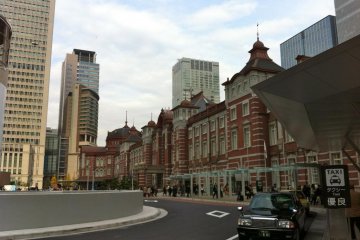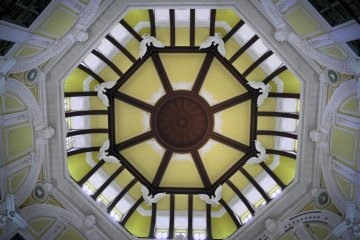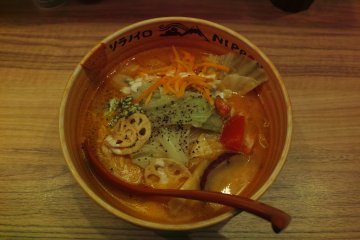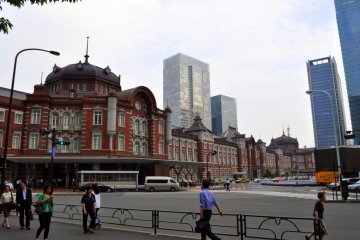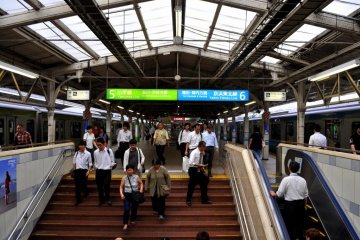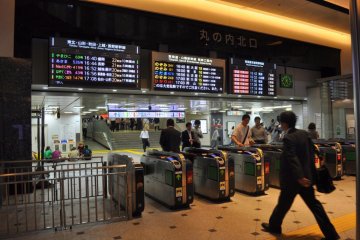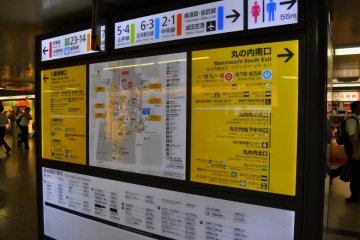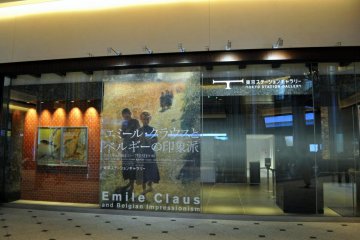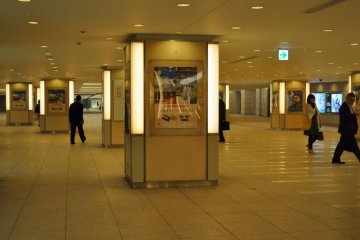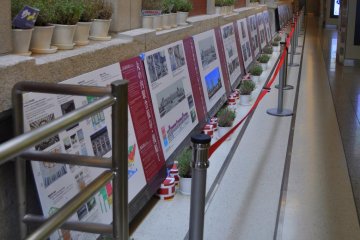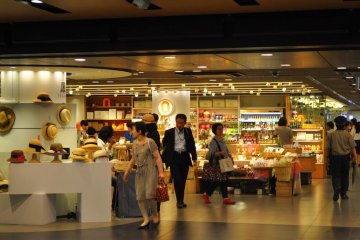If Shinjuku Station is the busiest station in terms of number of passengers per day, then Tokyo Station, located in the Marunouchi business district of Chiyoda, is the busiest station in terms of number of trains passing through it each day.
Tokyo Station provides services from three rail operators: JR East, JR Central and Tokyo Metro. Twenty lines run through the station, including a Narita Express service on the Sobu line and six Shinkansen (high-speed bullet train) lines.
Ticket offices for each rail operator exist inside of the station, so if you need to get a ticket for the Shinkansen or want to add more money onto your Suica card, don't worry one bit.
There are a total of six main exits to the station: Yaesu North, Central and South Gates; and Marunouchi North, Central and South Gates. The length of the station acts as a long dividing line between the two districts.
While the station may seem like all business and organized chaos, there are many things to do and see. As a part of Tokyo Station City, there are several restaurants to enjoy, a hotel and an art gallery (closed on Mondays). On the basement floor exists Ichi Ban Cho, meaning First Avenue, which has three “streets”: Character Street (with Hello Kitty galore), Tokyo Okashi Land and Ramen Street.
Tokyo Station has just recently completed exterior renovations on the Marunouchi side, that which had been severely damaged in the bombing of Tokyo during World War II and had since temporary angled rooftops to replace the destroyed dome structures. Now a classic red brick face, it’s restored to its 1914 former glory. Go through the Marunouchi North or South Gate and take a look up—you’ll get to admire the architectural handiwork of the inside of the domes.
Yet, the developments of Tokyo are not finished. There are plans (as of 2013) for a JR East project that will add three more lines—Utsunomiya, Takasaki, and Joban—to the station.
Tokyo Station might seem like a maze at first, although it doesn’t have as many floors as other stations. You can access all of the train lines from the first floor, and just head downstairs to catch the Tokyo Metro lines. Also, clearly marked signs are very abundant in the station, and you can find a map of the station and its surrounding areas on nearly every other support pillars.



